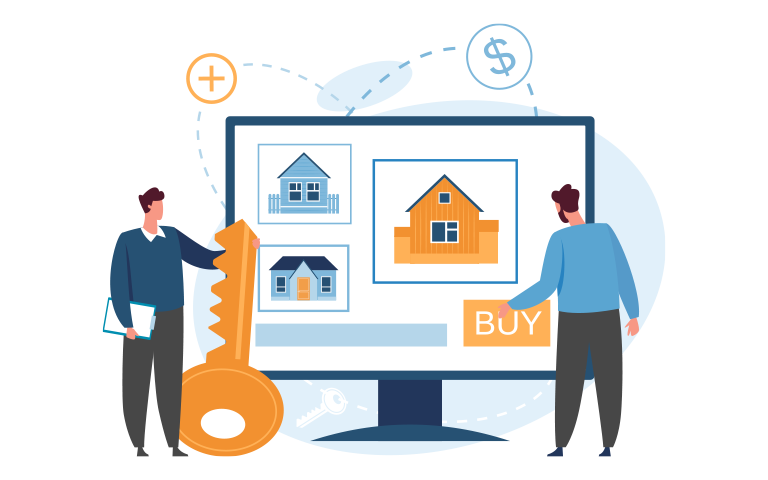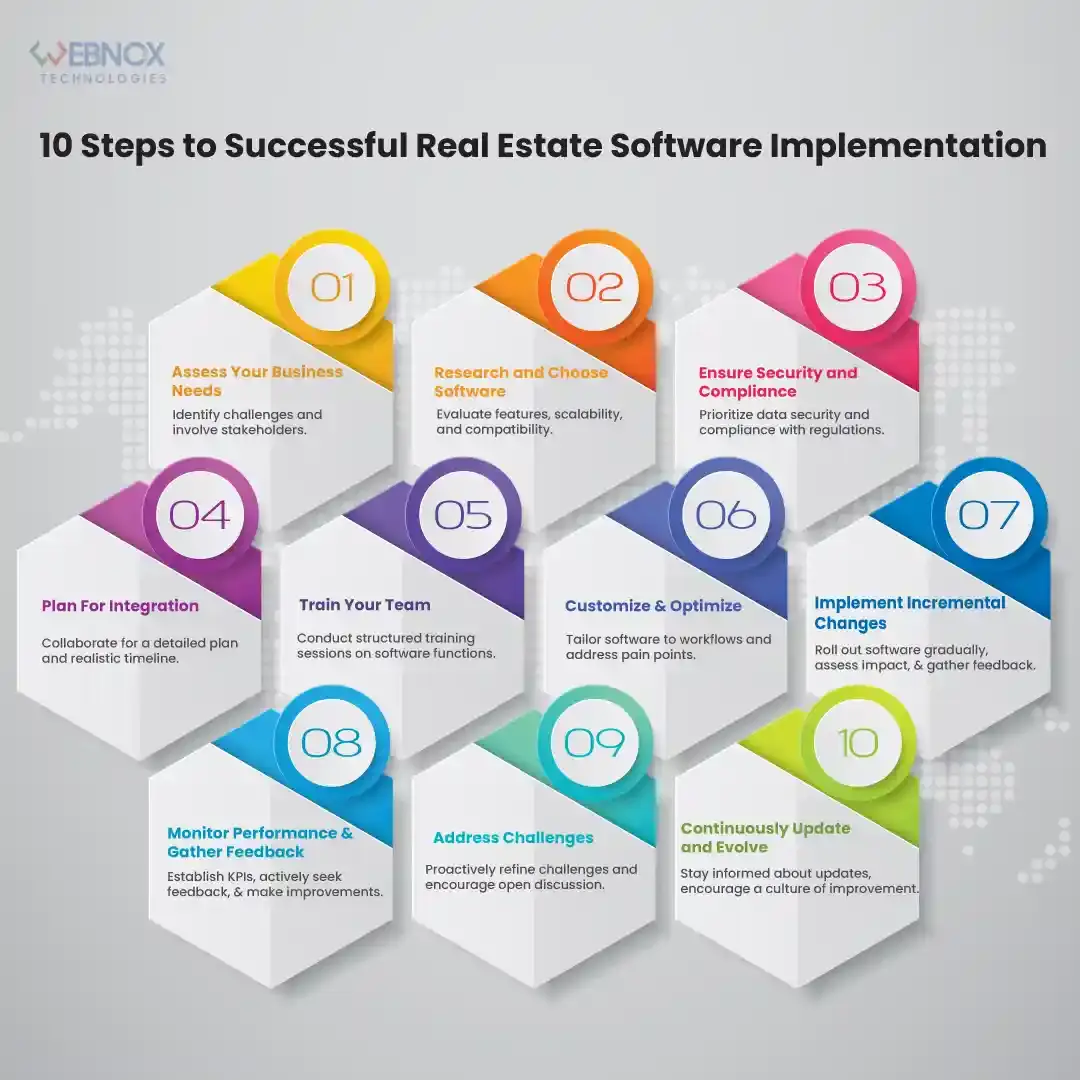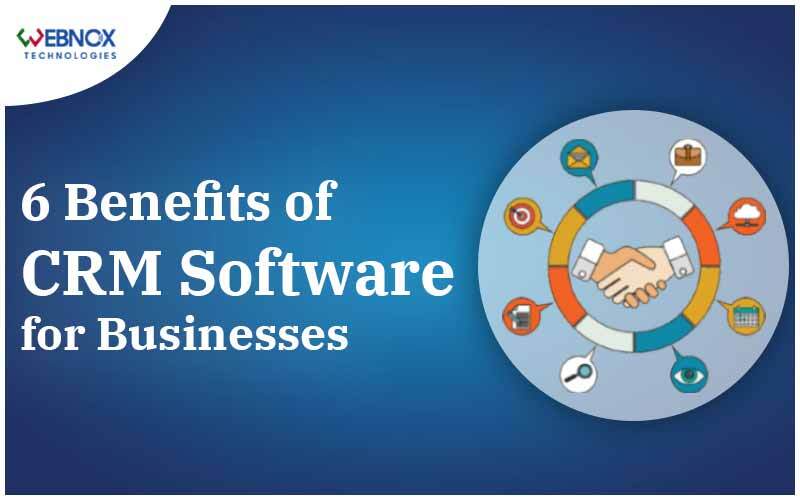Step-by-Step Guide to Implementing Real Estate Software

Rathinakumar // 06-01-2024
Commencing the journey with real estate software requires careful planning and execution. In this step-by-step guide, we’ll walk through the intricacies of adding advanced software solutions to real estate. From conceptual inception to final implementation, this comprehensive guide aims to provide a roadmap for seamless integration of real estate software to ensure efficiency, accuracy, and performance increasing the capacity of the active asset management insights Insights to successfully validate the key and provide instruction. Whether you’re an experienced real estate business owner or new to the industry, this guide will be a valuable resource, providing you with insight and guidance on how to make the most of cutting-edge technology for your real estate endeavors.
Step 1: Assess Your Business Needs
Before initiating the deployment of real estate software, it’s imperative to conduct a comprehensive evaluation of your business needs. Start by figuring out the pain points and challenges that your organization presently faces. Are there inefficiencies in lead management, belongings listings, or customer conversation? Understanding these factors will offer a clear roadmap for the features and functionalities you require in a real estate software program solution.
Dig deep into your present-day processes to discover regions that could benefit from automation. Consider entering from key stakeholders, including income groups, advertising professionals, and the administrative workforce. This complete evaluation will serve as the muse for choosing the proper software program that aligns seamlessly together with your commercial enterprise objectives.
Step 2: Re
Step 2: Research and Select the Right Software
The real estate software market offers you an excess of options, filling your specific preferences and niches in the industry. After identifying your job needs, start studying hard. Evaluate available software program solutions, considering features including user interface, scalability, and compatibility with your existing systems.
Participate in product demonstrations and testing to truly enjoy the capabilities of the software program. Additionally, analyzes supervisory opinions and testimonials to assess individual interests and catch any capacity deficiencies. An informed decision at this stage will set the tone for effective implementation.
Step 3: Ensure Data Security and Compliance
Real estate transactions require sensitive and confidential information. Making sure your data is secure and compliant is out of the question. Look for a real estate software development company that offers strong security measures including encryption protocols, secure user authentication, and secure data encryption.
Also, make sure that the software you have chosen complies with industry regulations and data protection laws. These steps are important not only to protect your clients’ information but also to maintain the trust and confidence of your real estate business.
Contact your real estate software provider to understand their commitment to international and local data protection laws. Ensure that the software is regularly audited for compliance and adheres to industry standards, giving you confidence that your data is handled with the highest levels of security and privacy.
Step 4: Plan for Integration
Successful integration is a key determinant of the effectiveness of your real estate software. Collaborate closely with your real estate software development service provider to develop a detailed integration plan. Identify potential challenges that may arise during the integration process and establish a realistic timeline for implementation.
Taking the right measures is critical to the success of the merger. Select a dedicated team that manages the transition and allocates human resources, including individuals with expertise in current systems and software updates Provide training for employees with the necessary skills, to enable retention atom well.
Step 5: Train Your Team
Introducing new real estate software solutions to your team requires a structured training program. Organize training sessions on software, functions, and best practices. Encourage active participation and provide plenty of opportunities for your team to ask questions.
Effective training is a cornerstone to successfully integrating real estate software into your team, not only providing a seamless transition but empowering your members to harness the full potential of technology in their daily operations. By investing time and resources in a comprehensive training program, your team will develop the skills and knowledge necessary to navigate the software effectively, ultimately increasing their productivity and contributing to your real estate. All the work has been successful.

Step 6: Customize and Optimize
Real estate software often comes with customization options to tailor it to your specific business processes. Work closely with your software provider to configure the system according to your workflows. Customization allows you to optimize processes, improve efficiency, and address specific pain points within your real estate business.
Take the time to understand the full range of customization options available. This step ensures that the custom software seamlessly aligns with your unique requirements and enhances, rather than disrupts, your established workflows.
Step 7: Implement Incremental Changes
Rather than implementing the entire software solution at once, consider a phased approach. Roll out the new software incrementally, starting with one or a few key functionalities. This allows your team to adapt gradually, minimizing the potential for confusion or resistance.
Assess the impact of each category, gather feedback from your team, and address any concerns immediately. This upward mobility facilitates a smooth transition, making it more likely to be adopted.
Step 8: Monitor Performance and Gather Feedback
Post-implementation, carefully monitor the performance of your real estate software. Establish key performance indicators (KPIs) to measure the impact on performance, accuracy, and normal productiveness. Actively are looking for feedback from your team to become aware of any regions that could require further interest.
Regular overall performance exams allow you to make informed, records-driven decisions. If positive components of the software are not assembly expectancies, use the comments and overall performance statistics to identify areas that require attention. This could involve making modifications to the software configuration, offering additional training, or addressing specific troubles raised by the users.
By constantly monitoring performance and accumulating comments, you can make certain that your real estate software remains effective and evolves to satisfy the changing needs of your group and business. This iterative process permits ongoing development and optimization, contributing to the lengthy-term fulfillment of your real property operations.
Step 9: Address Challenges and Concerns
Challenges and concerns during the implementation of real estate software are not roadblocks but rather opportunities for refinement. Proactively addressing these issues requires a strategic approach that involves not only troubleshooting but also continuous improvement.
Participate in regular groups to gather insights and feedback, and create an environment for open discussion of challenges. Use structured feedback to systematically gather and analyze information about challenges encountered, allowing your team to learn and adapt in real-time. By treating challenges as stepping stones rather than stumbling blocks, you pave the way for more flexible and adaptive real estate operations, ensuring the continued success of your software implementation
Step 10: Continuously Update and Evolve
The real estate property enterprise is dynamic, and so must be your software program. Stay knowledgeable about software updates and new features presented by way of your software program provider. Regularly reassess your business needs and be organized to make modifications to your software configuration for that reason.
Encourage a subculture of continuous improvement within your team. Regularly solicit comments, each advantageous and positive, to make certain that your real estate software program stays a valuable asset that evolves in tandem with the ever-changing landscape of the real estate enterprise. By staying adaptable and forward-wondering, your real property business will thrive within the digital era.
In the end, the implementation of a real estate software program can revolutionize your business operations, improving performance, accuracy, and overall productivity. By following the step-by-step guide provided, commercial enterprise proprietors can seamlessly combine advanced technology into their real estate approaches, ensuring a competitive part in the dynamic marketplace. Adopting these technological upgrades not only makes daily tasks smoother but also opens up new avenues for increased, consumer satisfaction, and stepped-forward selection-making. As you embark on this adventure, don’t forget that making an investment inside the proper real estate software program is funding the destiny fulfillment of your commercial enterprise. Embrace innovation, live ahead of the curve, and watch your real property organization thrive within the virtual era.




